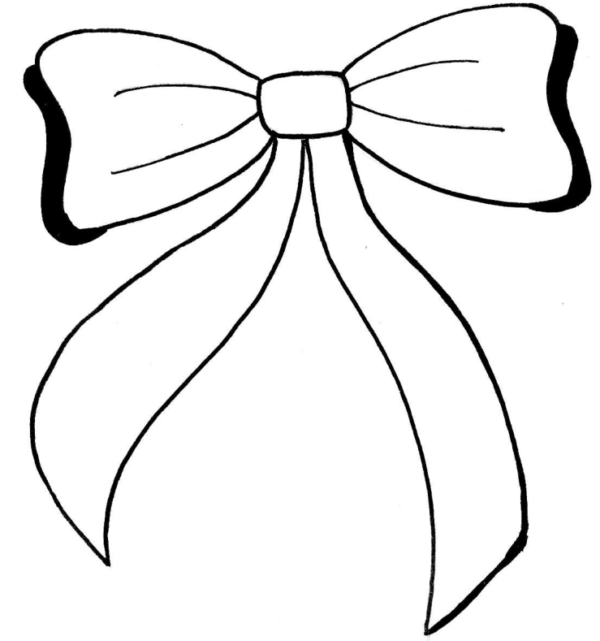Pw s design bit by bit orthographic projection
Table of Contents
Table of Contents
As an engineer, being able to draw an orthographic projection is essential for conveying ideas and designs to others. If you’re struggling with the process, don’t worry – you’re not alone. In this blog post, we’ll go over the basics of how to draw an orthographic projection and provide you with some tips and tricks to make the process easier.
The Pain Points of Drawing an Orthographic Projection
Many people find drawing an orthographic projection to be a complicated process. The main pain points include difficulty in understanding which views are necessary to show all features, determining where to place them, and drawing accurately without mistakes.
The Target of How to Draw an Orthographic Projection
The target of this article is to provide a simple guide on how to draw an orthographic projection, including its definition, significant views, and proper projection techniques.
Main Points
To draw an orthographic projection, you need to understand what an orthographic projection is, identify the significant views needed to define the object, create those views using third angle projection, and show hidden features with dashed lines. Once you understand these basics, you’ll be able to create accurate drawings that convey your design ideas effectively.
My Personal Experience with Drawing an Orthographic Projection
When I first started drawing orthographic projections, I struggled to grasp the technique. However, after practicing and understanding the fundamentals, creating accurate projections became more natural. One tip I would recommend is to take your time and ensure each view aligns perfectly; otherwise, your drawing will not work correctly when piecing them together.
Breaking Down the Process
Before drawing an orthographic projection, it’s essential to understand its definition. An orthographic projection is a system of drawing used to represent a three-dimensional object on a two-dimensional surface accurately. The projection method uses multiple views of the object to describe its shape and features.
The significant views needed to define the object vary based on its shape and size. However, the standard views include front, top, and right-side views. The front view shows the main features of the object in a rectangle, while the top and right-side views depict the height and width of the object from different angles.
To draw an orthographic projection accurately, you must use third angle projection. This technique means the views are placed behind the object and projected onto a plane that’s perpendicular to the object’s length, width, or height.
Finally, hidden features of the object can be shown using dashed lines. These features include edges that are not visible from standard views or ones located inside the object.
Techniques for Drawing Accurately
Using the proper tools is essential to drawing an orthographic projection accurately. Firstly, ensure that your pencil and paper are of good quality. A medium hardness pencil will give clear, distinct lines while preventing smudging. Secondly, use a T-square and a set square or drafting triangle to create straight lines and correctly angled lines.
This technique will allow you to create clean, easy-to-read drawings that can be easily interpreted by others.
Common Mistakes
One of the most common mistakes when drawing an orthographic projection is not aligning the views correctly, resulting in an uninterpretable drawing or errors in production. Carefully aligning each view, as well as taking time to ensure the hidden lines are clear, can prevent these issues.
Tips and Tricks for Drawing an Orthographic Projection
Some helpful tips and tricks when it comes to drawing an orthographic projection include breaking the object into smaller, more manageable parts when creating views, practicing using various projection planes, and double-checking each line before finalizing a view.
Question and Answer
Q: How many significant views are necessary for an orthographic projection?
A: The significant views needed for an orthographic projection vary based on the object’s shape and size. However, the most common views include front, top, and right-side views.
Q: Which projection technique should be used to draw an orthographic projection?
A: Third angle projection should be used to create an orthographic projection.
Q: What are some tips for avoiding mistakes when drawing an orthographic projection?
A: Some tips for avoiding mistakes include aligning each view correctly, breaking the object into smaller, more manageable parts, and double-checking each line for accuracy.
Q: What tools should be used for drawing an orthographic projection?
A: A medium hardness pencil, T-square, and a set square or drafting triangle should be used to create an accurate orthographic projection.
Conclusion of How to Draw an Orthographic Projection
Learning how to draw an orthographic projection can be daunting, but by understanding the basics of the projection method, the target views, and the proper techniques, anyone can create accurate drawings. By using the right tools, taking time to double-check each line, and breaking down the object into smaller parts, drawing an orthographic projection can become much simpler.
Gallery
ORTHOGRAPHIC PROJECTION IN ENGINEERING DRAWING - YouTube

Photo Credit by: bing.com / orthographic
Pw’s Design Bit By Bit : Orthographic Projection

Photo Credit by: bing.com / orthographic projection scale
ORTHOGRAPHIC PROJECTION IN ENGINEERING DRAWING - YouTube

Photo Credit by: bing.com / orthographic projection drawing engineering
Orthographic-projection-drawing | Orthographic Projection, Orthographic

Photo Credit by: bing.com / orthographic projection drawing engineering technical object sketching architecture lines parallel used type which know
?What Do You Know About The Engineering Drawing « Ali’s Engineering Design

Photo Credit by: bing.com / drawing engineering projection angle orthographic third method standard australian know recommended preferred australia




